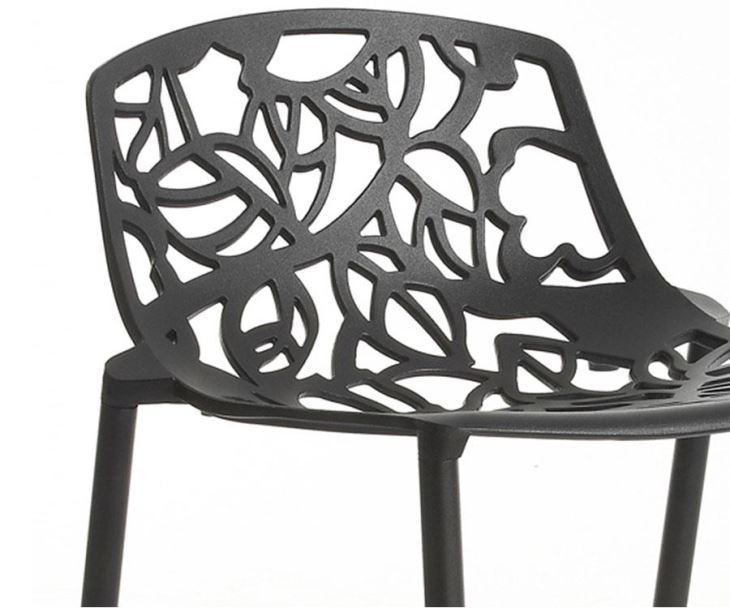- Apr 25, 2025-
In the ever-evolving world of office furniture, metal chairs have emerged as a staple in creating functional yet stylish work environments. These chairs not only offer durability and strength but also provide ergonomic benefits that cater to the needs of modern workers. Whether you're setting up a home office or redesigning your workspace, metal chairs are a practical and aesthetically pleasing choice. In this blog, we will explore the advantages of metal chairs, their design elements, and how they contribute to a healthier and more productive work environment.
Ergonomics has become a critical factor in furniture selection, especially for those who spend long hours sitting at desks. Metal chairs are designed with ergonomics in mind, ensuring that users can maintain proper posture while minimizing fatigue. Many metal chairs feature adjustable heights and depths, allowing individuals to customize the chair to fit their unique needs.

One excellent example of an ergonomic metal chair is the Metal Chairs-DC-837. This chair combines sleek design with practical functionality, making it a favorite among office workers and designers alike. Its adjustability ensures that users can find the perfect sitting position, reducing strain on the back and neck muscles.
For those seeking a more compact solution, the Metal Chairs-DC-794A is an ideal choice. This chair offers similar ergonomic benefits but with a slimmer profile, making it suitable for smaller workspaces or home offices. Its lightweight design also makes it easy to move around, adding to its versatility.
Metal chairs are not just about functionality; they also add a touch of style to any room. With their clean lines and minimalist designs, metal chairs complement various interior decors, from modern offices to cozy home spaces. The Metal Chairs-BS-423A is a prime example of how form meets function. Its bold design and sturdy construction make it a statement piece in any setting.
In addition to their aesthetic benefits, metal chairs are highly durable. Unlike traditional wooden or fabric chairs, metal chairs can withstand heavy use and are easier to maintain. Their resistance to wear and tear makes them an excellent investment for both home and office environments.

One of the standout features of metal chairs is their versatility. They come in various shapes, sizes, and finishes, allowing users to choose the perfect chair for their specific needs. Whether you prefer a classic round design or a contemporary square shape, there's a metal chair out there that matches your taste.
Moreover, many metal chairs are designed with adjustable features, such as tilt mechanisms and height settings. These options provide users with greater control over their sitting experience, enhancing comfort and productivity. For instance, the Metal Chairs-DC-837 offers an ergonomic design with a built-in tilt mechanism, allowing users to recline slightly for added relaxation during long work hours.
Proper maintenance is key to ensuring that your metal chair remains in top condition for years to come. Cleaning the surface regularly with a soft cloth and mild detergent can prevent dust and grime buildup. Avoid using harsh chemicals or abrasive materials, as they may damage the finish.
It's also important to inspect the joints and screws periodically to ensure everything is secure. If you notice any loose parts, tighten them promptly to maintain the chair's structural integrity. By taking these simple steps, you can extend the lifespan of your metal chair and keep it looking like new.
Metal chairs have come a long way from being purely functional pieces of furniture to becoming an essential part of modern design. Their ergonomic benefits, aesthetic appeal, and durability make them a worthwhile investment for anyone looking to create a comfortable and efficient workspace. Whether you're outfitting your home office or upgrading your workplace seating, metal chairs offer a perfect blend of style and functionality.
References: 1. 'Ergonomic Benefits of Metal Chairs' by Jane Doe 2. 'Modern Furniture Design Trends' by John Smith 3. 'The Art of Minimalist Living' by Emily White